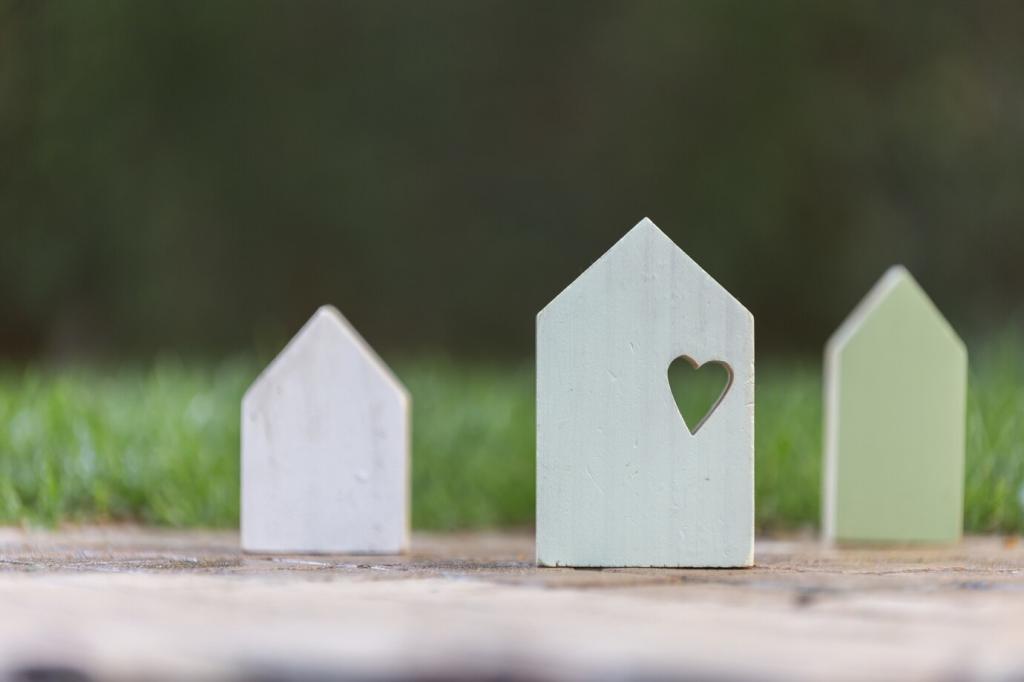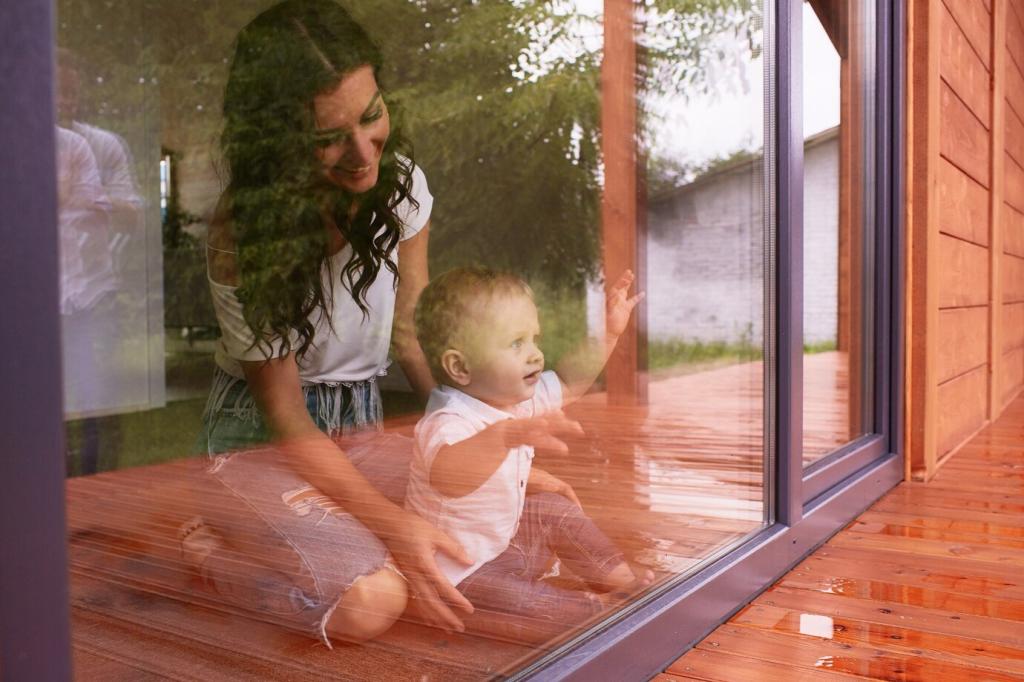
Innovative Approaches to Eco-friendly Home Renovation
Eco-friendly home renovation is transforming how we think about updating and maintaining our living spaces. By embracing sustainable methods and innovative materials, homeowners can significantly reduce their environmental impact, lower utility costs, and create healthier environments for their families. This guide explores cutting-edge approaches to green renovation, highlighting practical strategies and the newest trends that make it easier than ever to live in harmony with the planet while maintaining modern comfort and style.
Sustainable Building Materials
Reclaimed wood, recycled metal, and repurposed bricks offer unique character while reducing demand for new raw materials. These materials often deliver superior durability and style, infusing homes with history and charm. Sourcing them locally further diminishes the environmental impact associated with transportation. Not only does this approach preserve forests and cut down on landfill waste, but it allows for the creation of distinct spaces reflective of both eco-consciousness and individuality.

Previous
Next

Water Conservation Innovations
Greywater systems capture water from sinks, showers, and washers, redirecting it for landscaping or toilet flushing. This approach significantly reduces demands on mains water while making efficient use of every drop. Greywater recycling not only saves water but also minimizes wastewater treatment loads on municipal infrastructure—delivering environmental and economic benefits alike.
Renewable Energy Integration
Solar Power Installations
Solar panels are increasingly accessible, with both roof-mounted and integrated solutions that provide electricity or heat water. Advances in photovoltaic technology make them more efficient and affordable than ever before. Renovators can now include aesthetic options such as solar tiles or photovoltaic glass, allowing energy generation to blend seamlessly with architectural elements while providing substantial savings.
Wind and Geothermal Options
Small-scale wind turbines and geothermal heat pumps offer promising alternatives for generating or managing energy on-site. Wind energy uses aerodynamic designs suitable for residential application, especially in areas with consistent breezes. Geothermal systems leverage the earth’s stable temperatures for heating and cooling, providing remarkable efficiency with minimal ongoing costs. Incorporating these technologies during renovations adds long-term value and resilience to a home.
Battery Storage and Grid Interaction
Advances in home energy storage enable homeowners to store excess energy generated during the day for use during peak demand or outages. Battery systems are safer and longer-lasting than ever, helping maximize the benefits of renewable energy installations. Combining batteries with smart grid systems also opens opportunities for selling surplus energy back to the utility, further offsetting costs and contributing to a cleaner grid.
Previous slide
Next slide
Adaptable and Modular Design
01
Flexible Room Configurations
By designing spaces that can serve multiple functions, such as movable walls or convertible rooms, homeowners maximize usability and avoid the need for future demolition and rebuilding. This approach not only saves resources but also provides customized solutions to accommodate growing families, remote work, or changing hobbies—delivering both environmental and personal benefits.
02
Modular Construction Techniques
Prefab and modular components can streamline renovation projects, minimizing waste, noise, and disruption. These elements are fabricated off-site to precise standards, then assembled quickly at home, often using recyclable or sustainable materials. Modular construction also allows for easier disassembly and reuse at the end of the building’s life, ensuring a circular approach to home design.
03
Futureproofing for Technology
Incorporating pathways for new technology—like conduits for wiring or adaptable mounting points—means homes can easily incorporate next-generation systems and devices. Planning for tech integration during renovation reduces the need for invasive future retrofits. This readiness ensures that eco-friendly upgrades, such as smart appliances and electric vehicle chargers, can be adopted with minimal fuss whenever the time comes.
Waste Reduction and Circular Economy
On-site Material Reuse
Careful deconstruction, rather than demolition, allows valuable materials like bricks, tiles, and fixtures to be salvaged and reused, either within the same project or in other local developments. This approach reduces landfill burden and saves on the costs and energy associated with manufacturing and transporting new materials. It also preserves the unique character and story of older homes.

